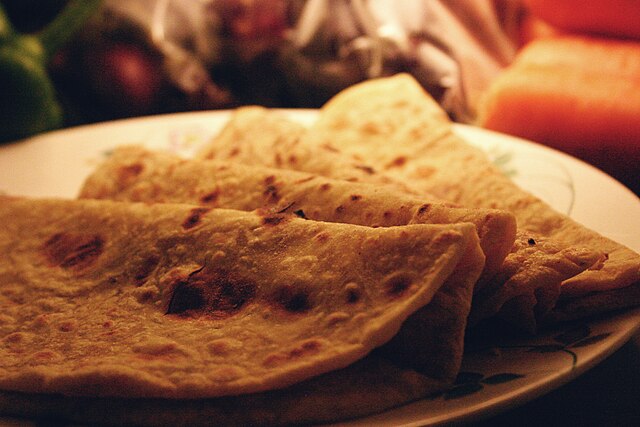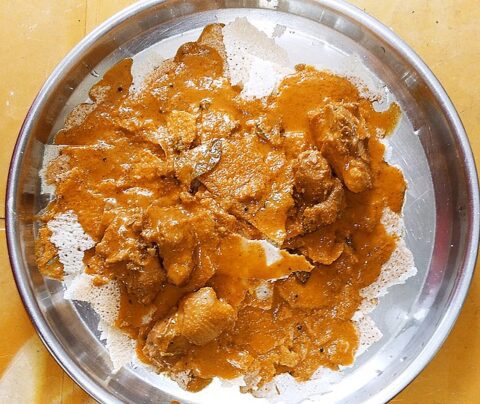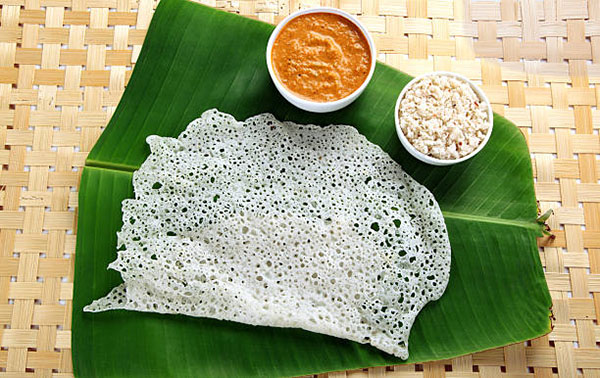Embark on a flavorful journey through the heartlands of India as we delve into the rich tapestry of local cuisines. From the spicy delights of Manglorean cuisine to the aromatic treasures of Parsi dishes, and the lesser-known gems like Gond and Khasi fare, we uncover the communal practices that shape and sustain these diverse culinary lineages.
Mangalore, a vibrant coastal city in Karnataka, boasts a cuisine as rich and diverse as its history. Influenced by the Arabian Sea, the Western Ghats, and its multi-ethnic population, Mangalorean cuisine is a symphony of flavours, deeply intertwined with the region’s cultural practices and heritage. With a blend of indigenous Tuluva, Konkani, Beary, and Saraswat flavours, this cuisine reflects centuries of trade, migration, and cultural exchange.
The abundance of fresh seafood forms the cornerstone of Mangalorean cuisine. From succulent prawns (Kungu in Tulu) to flaky white fish like pomfret (Manjal Meenu in Tulu), the bounty of the sea plays a starring role in dishes like the iconic Mangalorean fish curries. Traditionally, these curries were simmered with coconut milk (Enu Kelapa in Tulu), local spices like fenugreek, cumin and coriander seeds, and a unique blend of dried red chilies known as Byadgi.
Mangalorean cuisine is deeply intertwined with the local way of life and cultural practices. From the use of traditional spices to the ritualistic preparation of dishes for festivals and ceremonies, every aspect of cooking reflects the community’s heritage. Tulu cuisine, in particular, emphasizes the use of local ingredients like bamboo shoots, colocasia leaves, and jackfruit, showcasing a deep connection to the land and its bounty.

The influence of the Tuluva people, the region’s indigenous inhabitants, is evident in dishes like Neer Dosa (Neer Dose in Tulu), a thin, crepe-like dosa made with fermented rice batter, perfect for soaking up flavorful curries. Kori Rotti (Kori Rotti in Tulu) is another Tuluva specialty, featuring flatbreads made from dry, flattened rice flakes, enjoyed by dipping them into gravies. Traditional dishes like Chicken Ghee Roast and Patrode have been passed down through generations, preserving the culinary legacy of the region.
Food plays a central role in Mangalorean celebrations. The vibrant Ros (anointing) ceremony before a Mangalorean Catholic wedding features the delectable Ros Curry (Ros Kadi in Tulu), a fish curry cooked in coconut milk. Festivals like Ganesh Chaturthi and Navratri see families gather around feasts featuring vegetarian delights like Kootu (Kootu in Tulu), a mixed vegetable dish, and Bele Holige (Bele Holige in Tulu), a sweet flatbread stuffed with lentil paste.

Mangalorean cuisine is a cherished heritage, passed down through generations. Traditionally, knowledge of recipes and cooking techniques was transmitted orally from mothers to daughters. Today, however, cookbooks and online platforms are playing a crucial role in documenting and disseminating these culinary secrets, ensuring their survival for future generations.
The importance of Mangalorean cuisine goes beyond mere sustenance. It fosters a sense of community, cultural pride, and connects people to their roots. In a globalised world, where fast food and homogenised flavours threaten culinary diversity, preserving Mangalorean cuisine is vital. Initiatives like heritage restaurants and cooking classes can ensure traditional practices are not lost. Encouraging home cooks to use local, seasonal ingredients and explore forgotten recipes is crucial. Additionally, promoting Mangalorean cuisine on a wider platform allows people from across the globe to experience its unique flavours and appreciate its cultural significance.
Mangalore’s cuisine teaches us valuable lessons about cultural heritage. It showcases the enduring power of tradition, the importance of local ingredients, and the ability of food to connect people across generations and communities. By embracing the culinary legacy of Mangalore, we not only savour delicious dishes but also celebrate the rich tapestry of Indian cuisine. This vibrant food culture serves as a reminder that the best meals are often those that nourish not just the body, but also the soul and our connection to our heritage.
By – Sulagna Maitra
Sources:
https://www.walshmedicalmedia.com/open-access/a-study-on-the-acceptance-of-traditional-tuluva-cuisine-in-mangalore.pdf
“The Essential Mangalorean Cookbook” by Vidya Pai
“Tulu Nadu: A Travelogue” by Arun Pai
“Culinary Cultures of Karnataka: A Study in Tuluva Cuisine” by Dr. Shubha Sarma
